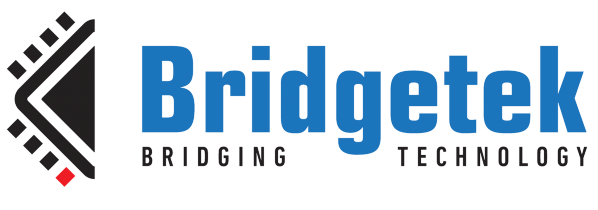Dear BRT community,
I was able to run the project on my side and my own designs are also working fine, thanks a lot for supporting me

I have some questions :
1. There is a possibility to zoom in/expand the logic nodes in the logic nodes editor because now I have the situation like below:

So the names of parameters are not fully visible, I can see the start of names and dots.
2. I have an issue with adding the image/bitmap. I want to store the image in my MCU flash/ram memory, so what should I select to achieve this in generating code?
a) I did the test via Eve screen editor and it works fine:
Gpu_Hal_WrCmd32(phost, CMD_INFLATE);
Gpu_Hal_WrCmd32(phost, RAM_IMAGES_LOGO230);
Gpu_Hal_WrCmdBuf(phost, images_logo230, sizeof(images_logo230));
Gpu_CoCmd_FlashFast(phost, 0);
Gpu_CoCmd_Dlstart(phost);
App_WrCoCmd_Buffer(phost, CLEAR_COLOR_RGB(255, 255, 255));
App_WrCoCmd_Buffer(phost, CLEAR(1, 1, 1));
Gpu_CoCmd_BgColor(phost, 0xFFFFFF);
Gpu_CoCmd_FgColor(phost, 0xFFFFFF);
App_WrCoCmd_Buffer(phost, BITMAP_HANDLE(0));
Gpu_CoCmd_SetBitmap(phost, 0, ARGB1555, 230, 293);
App_WrCoCmd_Buffer(phost, BEGIN(BITMAPS));
App_WrCoCmd_Buffer(phost, VERTEX2F(4704, 1280));
App_WrCoCmd_Buffer(phost, END());
App_WrCoCmd_Buffer(phost, DISPLAY());
//swap the current display list with the new display list
Gpu_CoCmd_Swap(phost);
App_Flush_Co_Buffer(phost);
Gpu_Hal_WaitCmdfifo_empty(phost);
b) I was trying to add only the array with image (array generating from point a) and link the array address in the struct object like this:
Ft_Esd_BitmapInfo logo230__Info = {
.Width = 230,
.Height = 293,
.Format = ARGB1555,
.Stride = 460,
.Size = 134780,
.File = images_logo230,
.GpuHandle = {
.Id = MAX_NUM_ALLOCATIONS,
.Seq = 0
},
.BitmapHandle = ~0,
.AdditionalFile = 0,
.AdditionalInfo = 0,
.PaletteFile = 0,
.PaletteGpuHandle = {
.Id = MAX_NUM_ALLOCATIONS,
.Seq = 0
},
.Cells = 1,
.Compressed = 1,
.Persistent = 0,
.Flash = 0,
.PreferRam = 0,
.CoLoad = 0,
};
and next, I am expecting that the image should be copied to RAM GPU via this function Esd_LoadBitmap? But this is not working.
When I used this kind of functions :
bool EVE_Util_loadInflateFile(EVE_HalContext *phost, uint32_t address,
const char *filename)
{
Gpu_Hal_WrCmd32(phost, CMD_INFLATE);
Gpu_Hal_WrCmd32(phost, RAM_IMAGES_LOGO230);
Gpu_Hal_WrCmdBuf(phost, images_logo230, sizeof(images_logo230));
Gpu_CoCmd_FlashFast(phost, 0);
return true;
}
;
it looks like it is working fine.
3. Calibrate for touch needs to be invoked every time in the new power cycle? Or one it is enough and next the values are storing in the persistency?
Thanks a lot.




